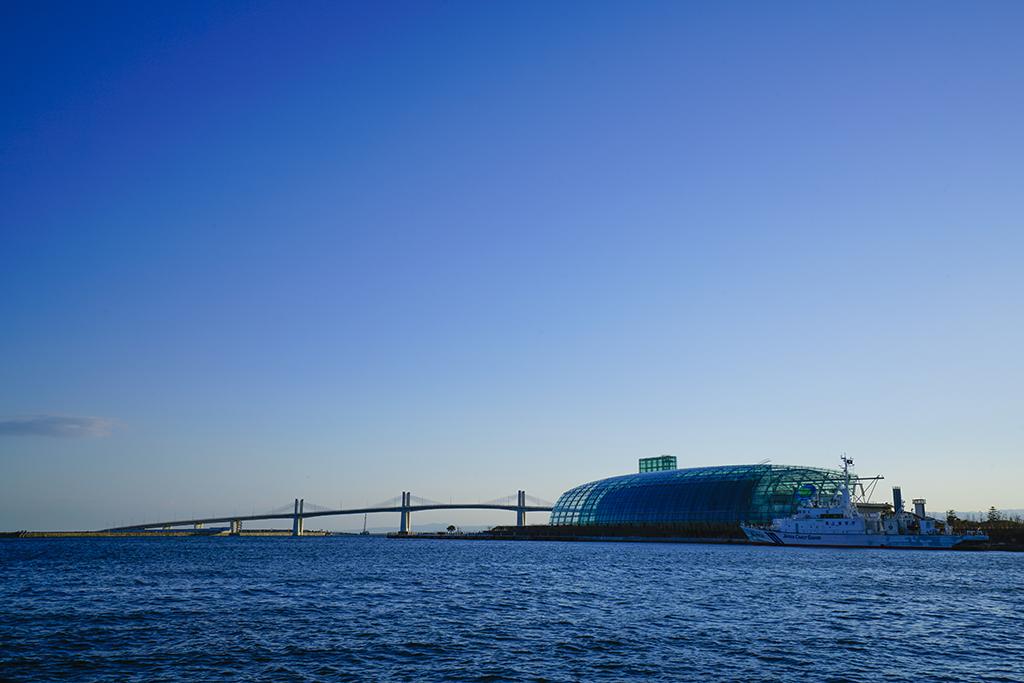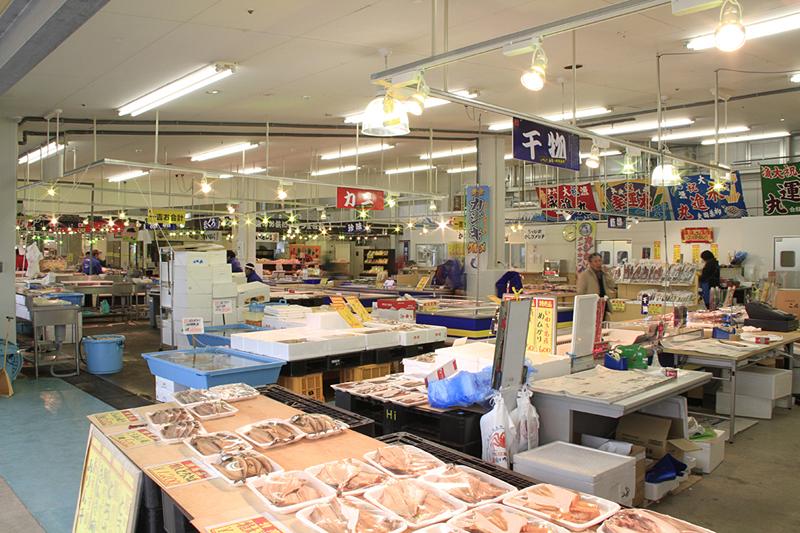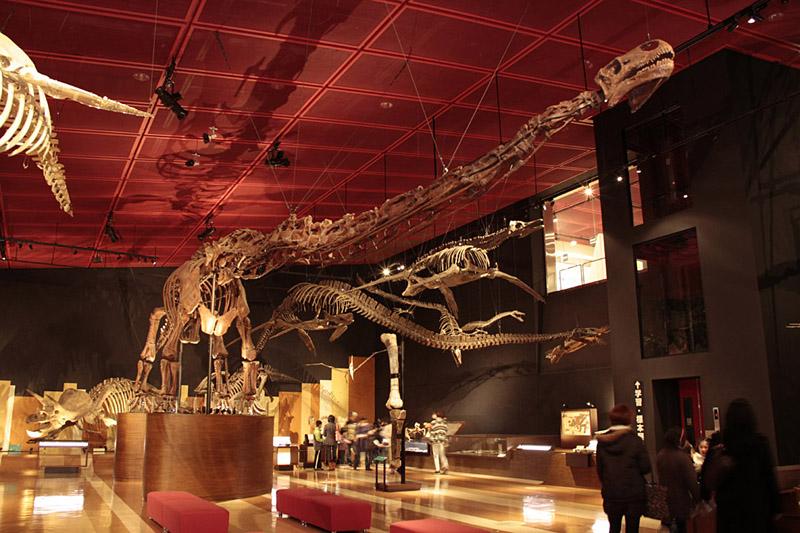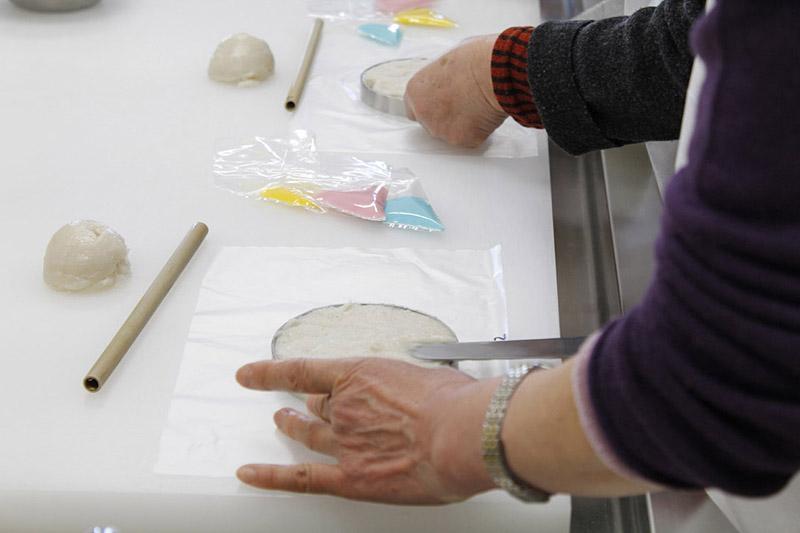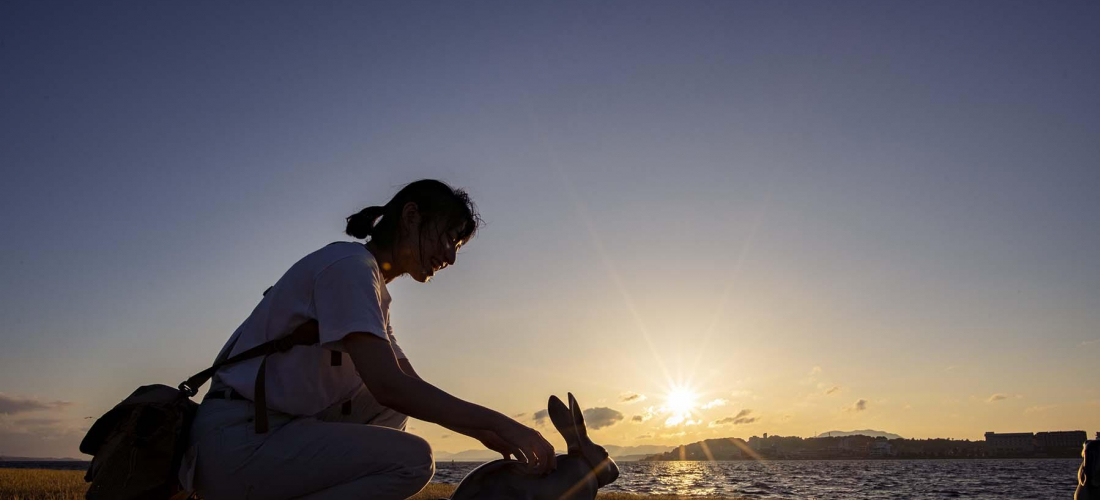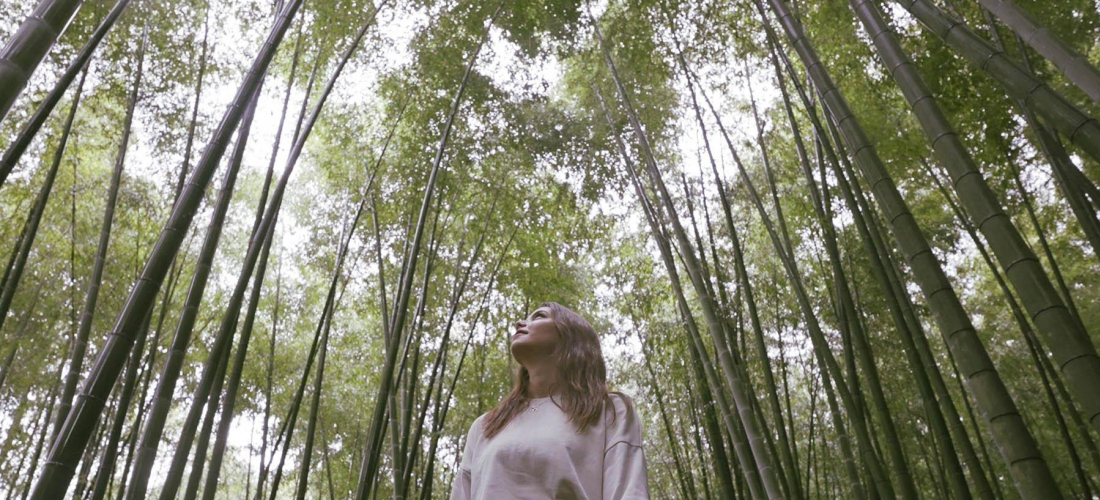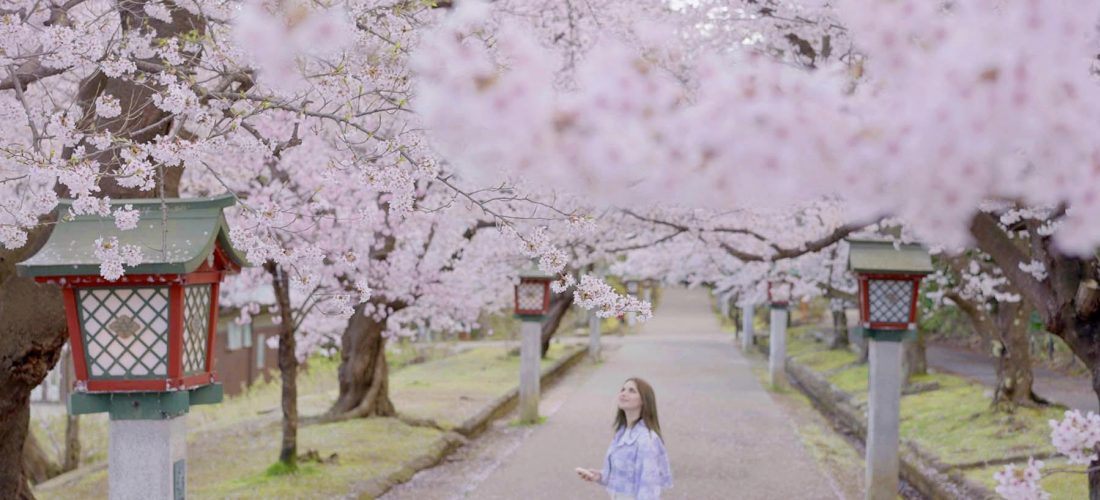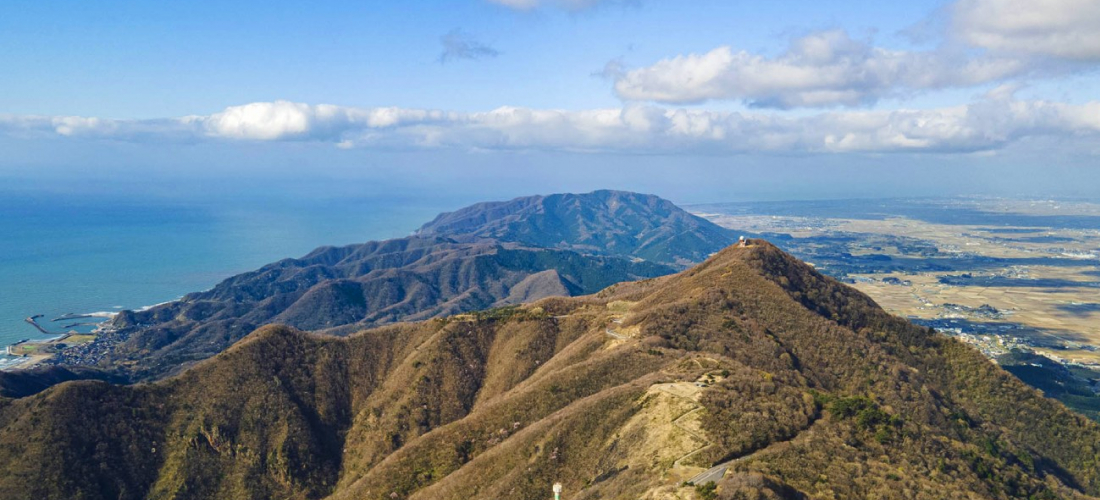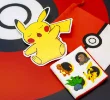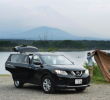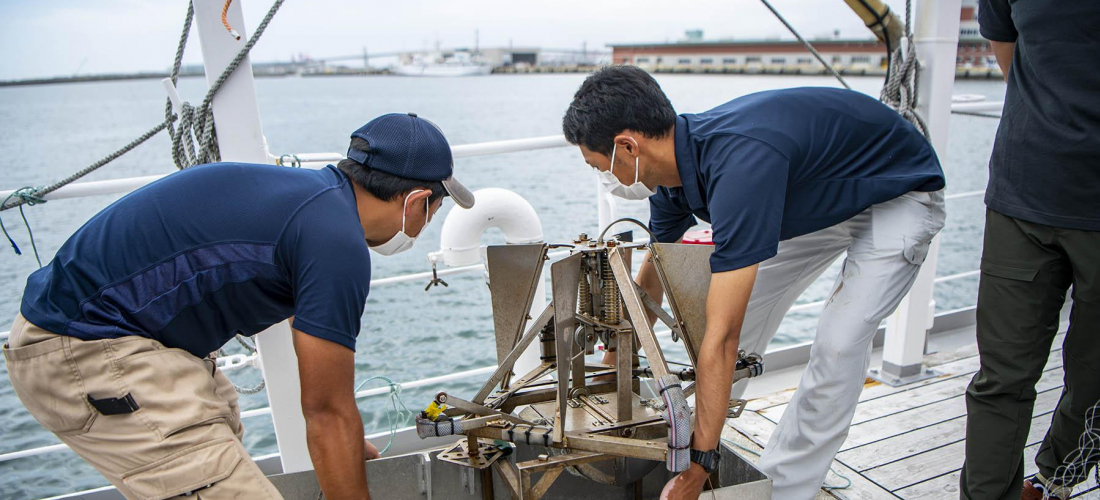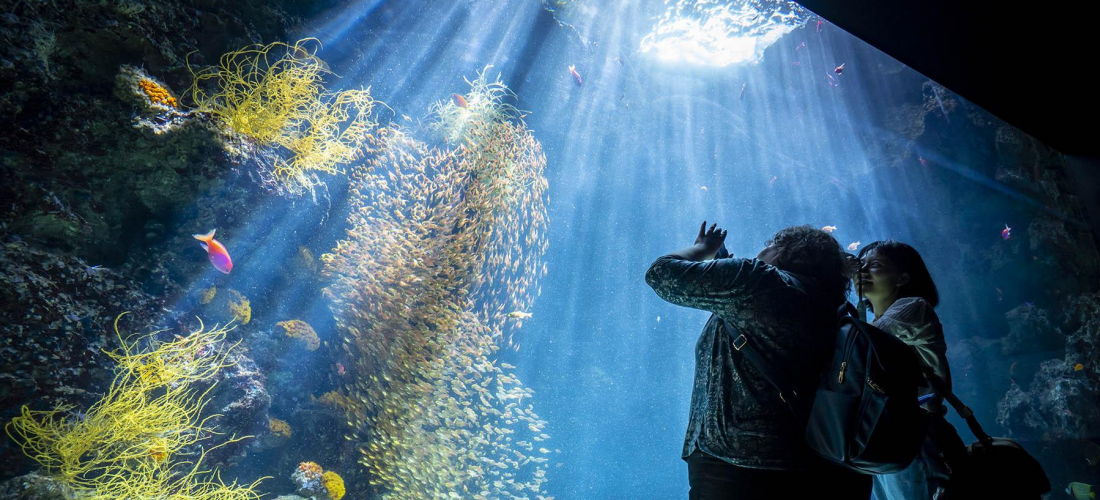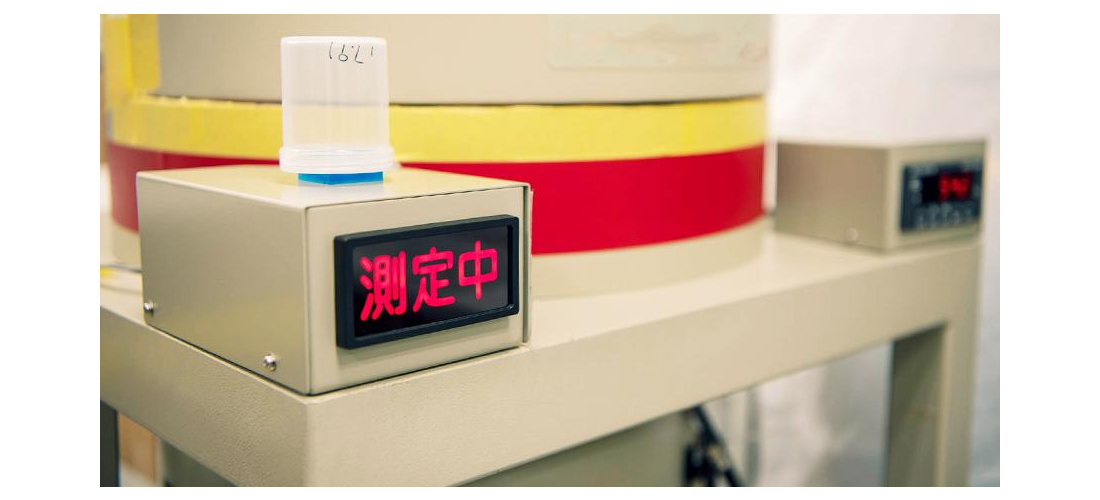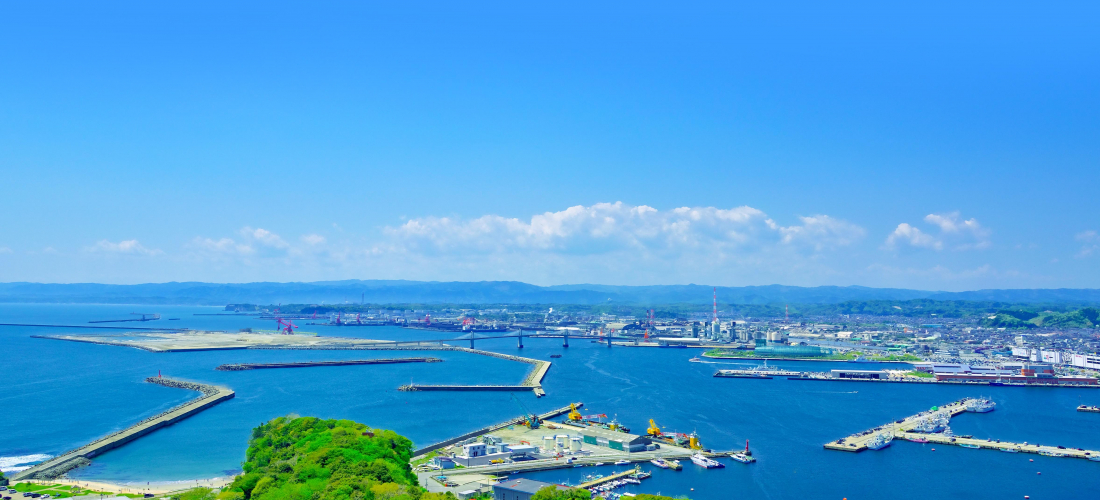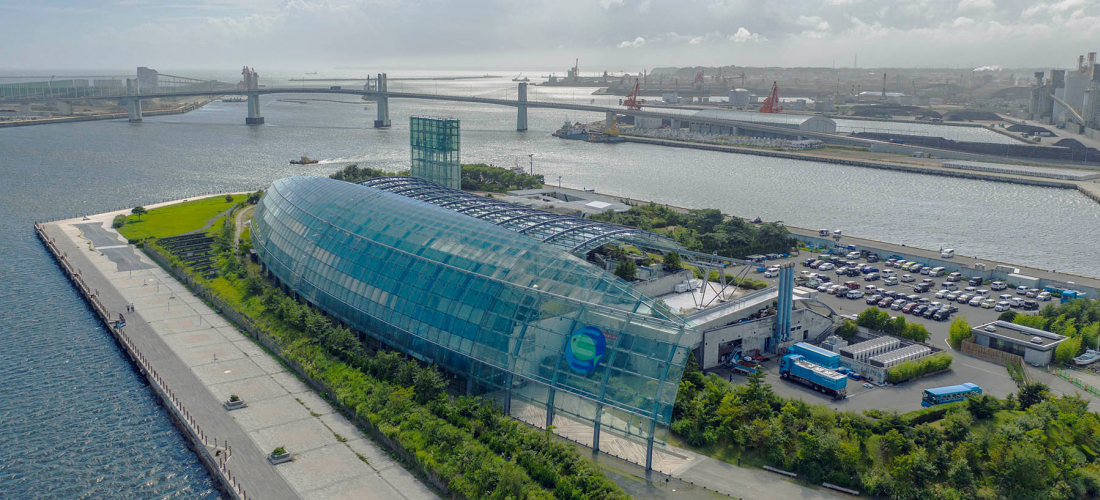
CONTENTS
L’une des trois régions de Fukushima, la zone côtière «Hama-dori» regorge de charmes, dont l’une n’est autre que la ville méridionale d’Iwaki!
La ville d’Iwaki (いわき市) – La région la plus peuplée de Fukushima
Parmi les nombreuses villes des six préfectures qui composent la région du nord du Japon de Tohoku (Aomori, Akita, Iwate, Miyagi, Yamagata et Fukushima), Iwaki a la deuxième plus grande population (338045 habitants sur 1232km²), et c'est la plus grande ville de la préfecture de Fukushima. Iwaki a particulièrement de longues heures d'ensoleillement et le climat doux signifie que les changements de température d'été et d'hiver sont doux et assez mineurs. Ainsi, lorsque le temps commence à se réchauffer chaque été, les plages de Nakoso (勿 来), Yotsukura (四 倉), Usuiso (薄 磯) et d'autres endroits le long du rivage d'Iwaki deviennent des destinations balnéaires pour les touristes de Tokyo, avec tout le monde cherchant à se rafraîchir dans l'eau. Mais ce n'est que du soleil et du sable ― jetons un coup d'œil à cette grande ville de Fukushima et à toutes les choses qui la rendent spéciale.
L’origine du “Joban-mono”- Goutez les douceurs de la mer à son meilleur niveau
Face au Pacifique, la mer au large de la côte d'Iwaki a la grande chance d'être le lieu où se mélangent le courant chaud de Kuroshio et le courant froid d'Oyashio, réunissant les nombreuses variétés de poissons qui migrent au nord sur le courant de Kuroshio et le plancton du courant d'Oyashio. Ce point de rencontre offre aux poissons un endroit pour se nourrir et se reproduire en grand nombre, ce qui en fait un lieu de pêche idéal pour les captures abondantes de balaurs frais du Pacifique, de lotte, d'oursin et de bonite. Les fruits de mer qui sont le produit de cette récolte abondante sont appelés le "Joban-mono" (常 磐 も の) de Fukushima, et leur variété abondante et leur fraîcheur sont très prisées.
Surtout, le listao ou bonite, appelé «katsuo» (カ ツ オ) en japonais, est particulièrement apprécié des citoyens d'Iwaki, qui en ont fait une grande partie de l'alimentation locale depuis longtemps. Le katsuo sashimi frais est un incontournable de tout festin de fête, et en plus des plats japonais courants de katsuo sashimi cru et de "katsuo tataki" poêlés sur un feu de paille, les familles d'Iwaki préparent souvent du katsuo "yakibitashi" (焼 び た し), un plat local de katsuo sauté garni de sauce soja au gingembre.
Les voyageurs peuvent goûter à l'abondante variété de fruits de mer et de saveurs produites par Iwaki dans les marchés aux poissons locaux comme Iwaki Lalamew et dans les restaurants de la ville.
Sources chaudes & Hula – Le premier complexe hôtelier du Japon
L'onsen (温泉, source chaude) le plus populaire de la zone côtière de Hama-dori à Fukushima se trouve à Iwaki, et Iwaki Yumoto Onsen (い わ き 湯 本 温泉), comme on l'appelle, a une histoire qui remonte à 1600 ans. En fait, Iwaki Yumoto Onsen est célèbre pour faire partie d'une des trois plus anciennes destinations de sources chaudes du Japon, aux côtés de Dogo Onsen (道 後 温泉) à Ehime et Arima Onsen (有 馬 温泉) à Hyogo. Chaque minute, la source produit cinq tonnes d'eau chaude, censée avoir des effets médicinaux, et la source est connue sous le nom de "bijin no yu" (美人 の 湯, eau embellissante) grâce aux effets embellissants qu'elle a sur la peau.
Plus récemment en 1966, le tout premier complexe spa / parc à thème du Japon, Spa Resort Hawaiians, a ouvert ses portes à Iwaki Yumoto Onsen, profitant de la générosité de l'eau de source chaude. Les clients peuvent toujours visiter et profiter des piscines et d'autres attractions à l'intérieur des bâtiments du complexe, qui sont toutes réglées à une température de 28 ° C tout au long de l'année, en plus de ce qui est peut-être le plus grand bain onsen extérieur du Japon, appelé «Edo-Jowa Yoichi» et des divertissements mettant en vedette des danseurs de hula et de couteau à feu. La station est également bien connue au Japon grâce au film japonais de 2006 Hula Girls, basé sur une histoire vraie, qui parle de danseurs de hula dans une petite ville du Japon, et présente une version cinématographique de Spa Resort Hawaiians.
Lorsque la mer rencontre les villages de montagne
Une ville à la richesse historique constituée de fossiles et de mines de charbon
Une chose qui revient encore et encore dans l'histoire d'Iwaki, ce sont les mines de charbon. Dans le petit quartier Iwaki de Mirokusawa (弥勒 沢), du charbon a été découvert en 1856, et dans les années suivantes, toute la région a été appelée par la suite Joban Tanden (常 磐 炭 田), ou champs houillers de Joban. Pendant le siècle suivant, l'industrie charbonnière de Joban Tanden a grandement contribué au développement économique du Japon, avant que la mine ne ferme définitivement, mais des changements comme l'ouverture de Spa Resort Hawaiians ont aidé l'industrie du tourisme locale à prendre le dessus. Avec les mineurs de charbon au travail pour creuser la montagne, non seulement les habitants d'Iwaki ont trouvé du charbon, mais ils ont également trouvé des fossiles de dinosaures et plus encore. De nos jours, il existe encore de nombreux sites et installations liés à l'histoire des mines de charbon et des fossiles de la région, comme les vestiges du sanctuaire d'Uchigoyama et de l'anneau de sumo (内 郷 山 神社 跡 ・ 相撲 場 跡), du musée de la mine de charbon de Mirokusawa (み ろ く 沢 炭 鉱資料 館) et Iwaki City Coal & Fossil Museum Horuru (い わ き 市 石炭 ・ 化石 館 ほ る る).
Où le bord de mer rencontre les villages de montagne
La ville d'Iwaki, surplombant le paysage infini de l'océan Pacifique, n'est pas seulement un endroit offrant une vue magnifique sur la mer ― il y a aussi de superbe lieux d'observation des fleurs de cerisier, des endroits pour profiter des couleurs changeantes des feuilles d'automne, et plus encore, dans toutes les directions. En ce qui concerne les sites célèbres sur l'eau, le phare de Shioyazaki (塩 屋 崎 灯台) a été choisi comme l'un des 50 meilleurs phares du Japon, Benten Island et le pont Shunuri (peint en vermillon) (弁 天 島 と 朱 塗 り の 橋) s'avancent dans le la mer en tant que symboles emblématiques de la côte de Hattachi, et la plate-forme d'observation Shiomidai (潮 見 台) offre un regard passionnant directement dans l'eau. Sur terre, il y a le magnifique ravin de Natsuigawa (夏井川 渓 谷), Sedogaro (背 戸 峨 廊) avec ses vues magnifiques sur les cascades qui se faufilent autour de formations rocheuses accrocheuses, et la gorge de Ryujin (龍神 峡), un endroit célèbre pour son magnifique feuillage d'automne.
Bien sûr, Iwaki est également parsemé de célèbres spots de sakura (桜, fleurs de cerisier)! Le cerisier pleureur du sanctuaire Ogawasuwa (小川 諏 訪 神社) vieux de 500 ans est à ne pas manquer, le parc Matsugaoka (松 ヶ 岡 公園) et son vaste paysage de cerisiers Yoshino est un spectacle à voir, le parc Nakoso (勿 来 関 公園) compte 600 arbres sakura, et le Shinden Oyamazakura (新 田 大 山 桜) est un célèbre cerisier qui fleurit en une tempête rose chaque année, niché dans les montagnes.
Des activités et des expériences variées
À Iwaki, les voyageurs peuvent s'essayer à la cueillette de fraises, de myrtilles, de raisins et même de tomates locales, ou peuvent fouiller leurs propres fossiles au Iwaki Ammonite Center ou au musée du charbon et des fossiles d'Iwaki City Horuru. Pour ceux qui aiment faire preuve de créativité, il existe des usines traditionnelles qui proposent des ateliers de fabrication de poteries originales de Sue ou de cuisson de galettes de poisson kamaboko à partir de poisson frais local. Il existe même des cours de danse hula dispensés par des danseurs professionnels! Avec de l'espace pour se promener et une variété de ressources touristiques, il y a beaucoup à voir et à faire à Iwaki.
Gardez un œil sur Japankuru pour en savoir plus sur Fukushima à venir, et pour plus d'informations et de new du Japon, suivez-nous sur twitter, instagram, et facebook!
Details
NAME:Iwaki, Fukushima
MAP
PROFILE
Follow us @Japankuru on Facebook, Instagram, and Twitter!
COMMENT
FEATURED MEDIA
VIEW MORE
Narita Airport Tax-Free Shopping List 나리타공항 면세점 쇼핑 리스트 #pr #calbee #jagapokkuru #japanesesnacks #japanesefood #japanesesouvenir #japantravel #japantrip #naritaairport #hokkaido #나리타국제공항 #나리타공항면세점 #나리타공항면세점과자 #일본공항면세점 #일본기념품쇼핑리스트추천 #공항면세점쇼핑리스트 #일본과자추천 #면세점일본과자 #일본기념품추천 #일본과자 #자가폿쿠루 #일본간식 #일본과자쇼핑 #일본면세점필수템 #일본기념품쇼핑

Asakusa's Sanja Matsuri, one of the biggest festivals in all of Tokyo, is almost here! Make sure you check out the festival route so you don't miss all the festivities this May. #asakusa #sanjafestival #sanjamatsuri #asakusashrine #sensoji #sensojitemple #japanesefestival #shintoshrine #japaneseculture #tokyo #tokyotrip #tokyotravel #asakusasightseeing #matsuri #japantrip #japantravel #springinjapan #tokyotravel #japankuru #산자마츠리 #아사쿠사 #일본마츠리 #일본여행 #일본5월

Odaiba's DiverCity Tokyo Plaza is home to the famous real-size 20m-tall Unicorn Gundam, and the popular shopping center has even more Gundam on the inside! Check out the Gundam Base Tokyo on the 7th floor for shelves upon shelves of Gunpla, and the Gundam Base Tokyo Annex on the 2nd floor for cool anime merchandise. Both shops have tons of limited-edition items! #pr #odaiba #tokyo #tokyotrip #japantrip #japantravel #PR #divercity #divercitytokyoplaza #tokyoshopping #gundam #unicorngundam #gundambasetokyo #anime #otaku #gunpla #japankuru #오다이바 #다이바시티도쿄 #오다이바건담 #건담 #일본건담 #건프라 #건담베이스도쿄

Evangelion, in miniature!? Tokyo's SMALL WORLDS Miniature Museum is actually a must-see for anime lovers, thanks to the tiny Evangelion Hangar and Tokyo-III... plus a whole universe of other scenes both real and fictional. #smallworlds #smallworldstokyo #tokyotrip #tokyotravel #evangelion #eva #anime #miniature #miniatures #animefigure #japantrip #japantravel #에반게리온 #스몰월드 #에반겔리온 #スモールワールズ #오다이바 #아리아케

Have you sat down for a snack at Sumida Aquarium yet? This aquarium next to Tokyo Skytree is known for its penguins and garden eels, but we can't get enough of their cute snacks! There are lots of good seats around the aquarium, too, so it almost feels like one big cafe. 🐧 • Find out more at Japankuru.com! (Link in bio.) • #japankuru #sumidaaquarium #skytree #tokyoskytree #solamachi #sumida #tokyo #tokyotrip #tokyotravel #aquarium #japanesesweets #themecafe #すみだ水族館 #Japan #日本 #일본 #Japon #ญี่ปุ่น #Japão #япония #japantravel #日本旅行 #日本旅遊 #japan_of_insta #japantrip #traveljapan #japan🇯🇵 #igerstokyo #explorejapan

For anime fans, the Evangelion areas at Small Worlds Miniature Museum are a must see! The tiny miniature people in the Evangelion Hangar look like ants beneath the moving Unit-01, Unit-00, and Unit-02! And over in Tokyo-III, characters like Shinji, Rei, and Katsuragi live life on a miniature scale. #odaiba #tokyo #tokyotrip #japantrip #japantravel #ariake #smallworlds #miniaturemuseum #smallworldstokyo #tokyotravel #evangelion #eva #anime #miniature #miniatures #animefigure #japankuru #스몰월드 #에반게리온 #오다이바 #오다이바관광 #오다이바스몰월드 #미니어쳐

